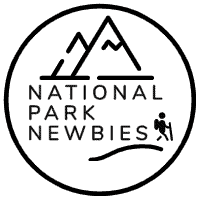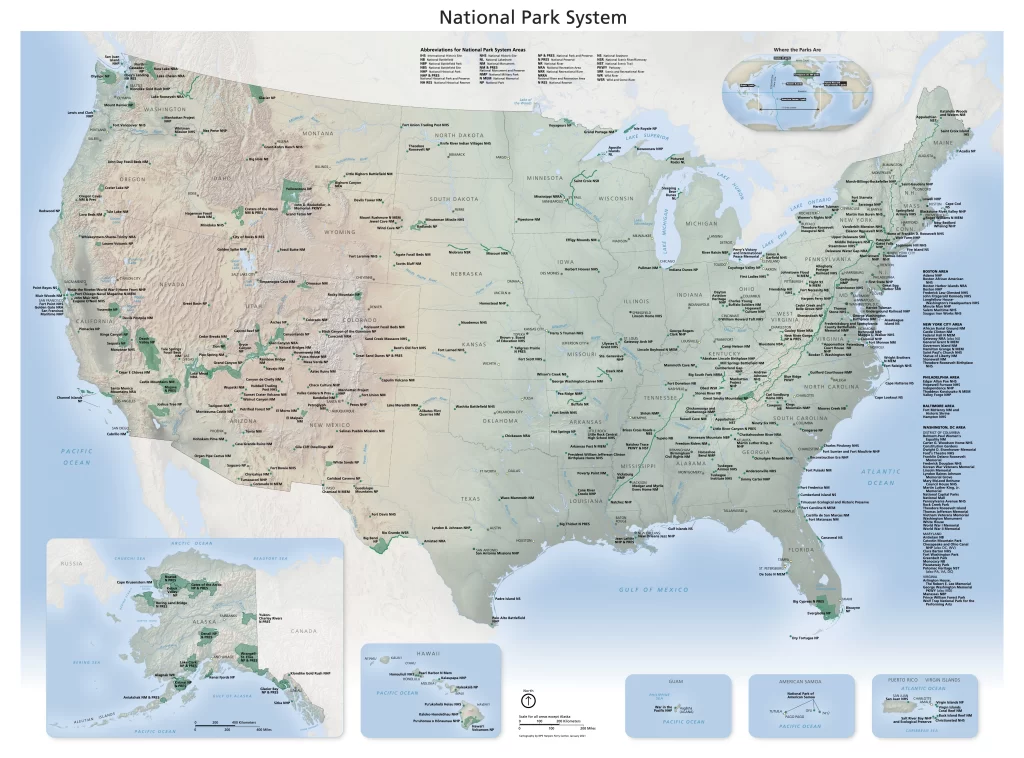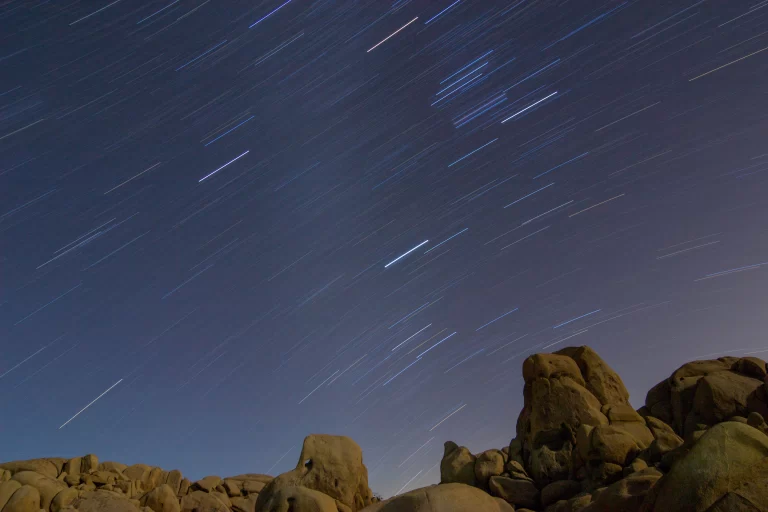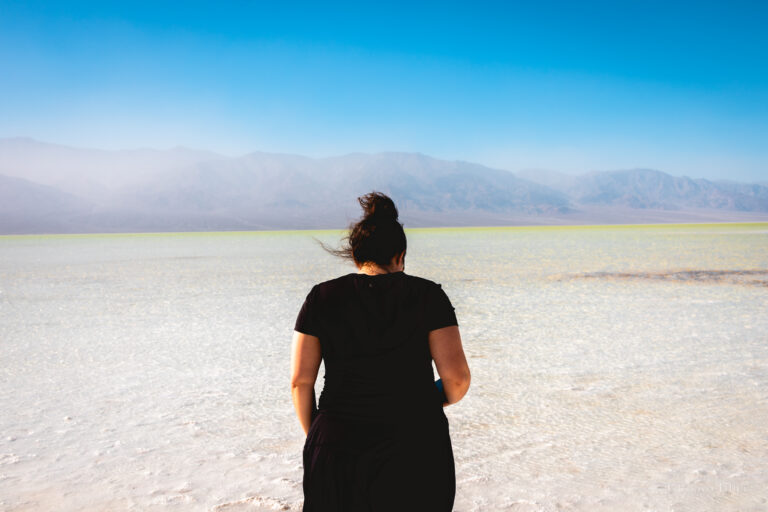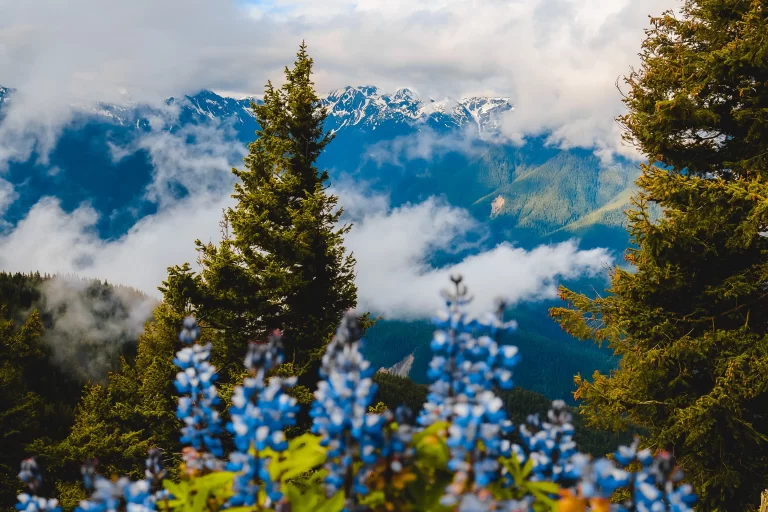Getting Started with National Parks for Beginners
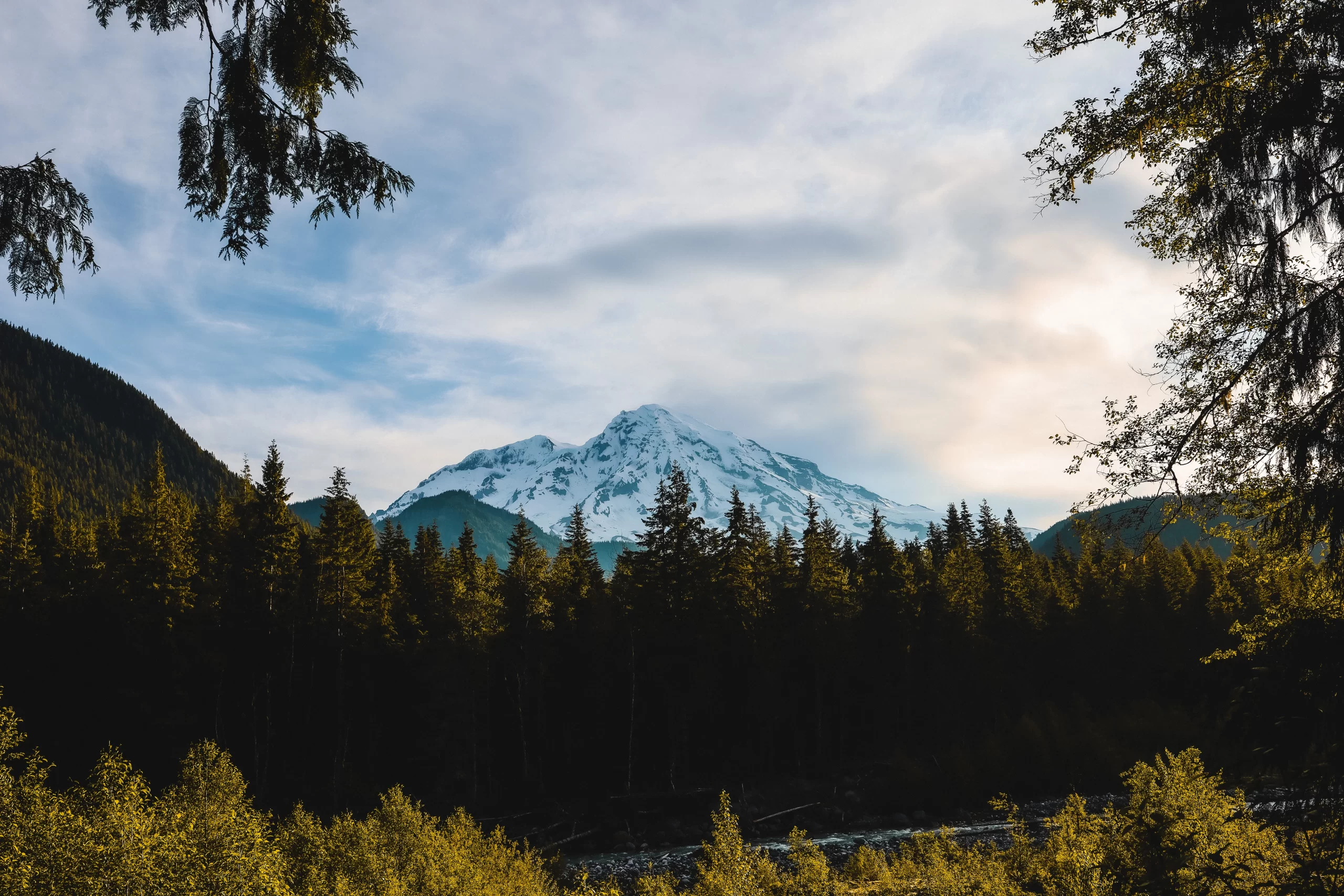
The National Parks showcase some of the most incredible natural beauty in the United States. There are officially 63 parks in the U.S, but there are over 400 sites associated with the parks reaching more than 85 million acres! If you’re not sure where to start, don’t fret! We’ve got you covered with tips and ideas about National Parks for beginners in this post!
Visiting National Parks is truly for everyone. The most important thing is to understand what YOU are looking to experience. Are you an avid hiker? Are you going stargazing? Do you want to camp? The parks contain many trails that lead to wonderful locations. You simply have to choose.
A trip to America’s National Parks is a unique opportunity to connect with some of the most stunning landscapes in the world. Starting our parks journey has given us incredible memories we will cherish forever. Whether you are a newbie or a seasoned veteran, we hope this post inspires you to get outside pay a visit to a National Park!
What is the National Parks System?
The National Parks system is a network of protected natural areas located throughout the United States. This system was established to conserve the country’s biodiversity and natural beauty for generations to come. They are managed by the National Park Service (NPS). This government agency is responsible for maintaining the parks, preserving wildlife, and providing educational opportunities to visitors.
The parks system consists of 63 total parks across the country. Each has unique landscapes, ecosystems, points of interest, and cultural history. The first park established was Yellowstone in 1872! Some of the most famous parks include Yosemite, Zion, Olympic, and Acadia. In addition to preserving natural beauty, National Parks also offer recreational activities such as hiking, camping, and wildlife watching. This is an important part of American heritage and serves as a reminder of the country’s commitment to preserving natural resources for future generations.

Why do we need National Parks?
They play a crucial role in preserving treasured lands. I used to think that they were simply for outdoor enthusiasts or “tree-huggers” (yes, I thought that… face palm!). But with a growing population and increased urbanization, protected areas are essential in ensuring that we have natural spaces for future generations. These places serve as habitats for a wide variety of animal and plant species and help protect endangered species from extinction.
The parks also offer opportunities for eco-tourism. This can provide both economic benefits for local communities and educational experiences for visitors. Ultimately, National Parks serve as a reminder of the importance of conservation and the need to protect our natural resources. Without these preserved areas, we risk losing some of our most valuable natural assets. Investing time and resources in the parks system is not only necessary for our environment, but for our future as well.
Which are the best National Parks for Beginners?
The most important thing to consider when planning your first trip is location. The park that is ideal for beginners is whichever park is closest to you. You can use the NPS website to find a park near you!
BUT when it comes to planning a trip to a National Park for beginners, there are parks that offer a more accessible and beginner-friendly experience.
Great Smoky Mountains National Park
The smoky mountains border North Carolina and Tennessee. With over 187,000 acres of stunning foliage year-round, this park provides opportunities for everyone to explore nature at their own pace. We visited this park in late November. Even though the fall colors were well past their peak, the scenic drive through park was unreal.
Grand Canyon National Park
This is a breathtaking natural wonder located in northern Arizona. The park is famous for its imposing views of the Grand Canyon. It stretches for hundreds of miles, and its depth ranges from 3,000 to 6,000 feet. Visitors can explore the park through hiking trails, amazing viewpoints, and rafting trips along the river. The South Rim is the most visited part of the park and offers spectacular vistas, walking paths, and visitor centers. The North Rim is less accessible and boasts a more remote and untouched landscape.
Yellowstone National Park
We’d be remiss if we did not mention the first National Park! Yellowstone stretches across Wyoming, Montana, and Idaho and is absolutely lovely. We’ll admit that we thought it would be a bit… overrated. Everyone knows Yellowstone! How cool could it actually be? Well…we’re happy to report that it’s better than you can imagine. It’s no wonder it’s consistently ranked near the top of the best national parks lists.
Visitors can easily navigate their way around the park on well-marked roads and hiking trails.
Acadia National Park
Located on Mount Desert Island along the coast of Maine, Acadia is phenomenal. The park’s famed carriage roads, which run for 45 miles, are perfect for leisurely scenic drives. The park is also home to a diverse range of wildlife, including moose, black bears, and bald eagles. With more than 49,000 acres of land, there is always something new to discover here.
Zion National Park
Zion is unbelievable. This park boasts of massive sandstone cliffs, narrow slot canyons, cascading waterfalls, and the stunning Zion Canyon. Established in 1919, the park provides visitors with several recreational activities, including hiking, rock climbing, biking, and camping. Best of all, there is an extraordinary shuttle system that takes you to all the must-see locations in the park.
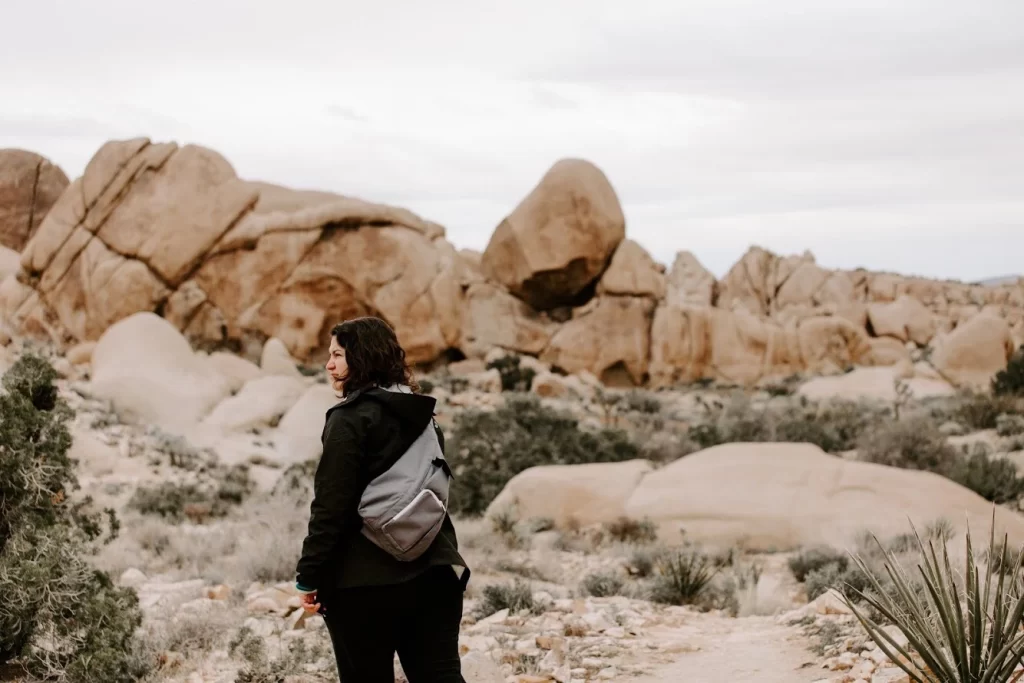
National Parks Tips for Beginners
When we started our parks journey, we truly had no idea what we were doing. Along the way, we’ve gathered some experience, mistakes, and wisdom we’d like to pass along!
Five Tips to Help You Enjoy the Parks
1. Be Prepared
Planning takes time and research. A good place to start is the NPS website. They typically provide important information such as park maps, operating hours, and road closures. We have definitely “winged” several trips and find that we spend more time planning than doing.
You never know what conditions will be like when you actually arrive at a park. We typically stop by a visitor center at first chance and ask for their recommendations and suggestions.
2. Arrive Early
We cannot emphasize this enough – arrive early. Before 8am if possible! Nearly every park we have entered after 8am has meant traffic and long wait times. It will be hard to avoid crowds, especially during summer months. We love the feeling of arriving early, getting a long hike in, and snoozing during the peak hours. Lastly, consider visiting during the shoulder seasons (spring or fall). We have found a lot of success in those seasons.
3. Know Your Limits
When it comes to hiking, start small with a short trail (especially if you are new to hiking!) Don’t try to tackle a long, strenuous hike right off the bat. Make sure to bring a map or use a GPS device to stay on course. If you’re unsure about the difficulty of a trail, ask a park ranger for advice. Many National Parks have hikes for beginners.
During a visit to Mount Rainier National Park, we found ourselves on an unexpectedly strenuous hike. We did not plan that one very well. It was uncomfortable, but we had to call off the hike in order to feel safe. We’ve also been in parks with extreme elevation gain (such as Bryce Canyon), which can be physically challenging. Adventure is fantastic! But know when you need to say “no.”
4. Budget
While there are many affordable options for your park trip, it is important to plan a budget. If you are on a tighter budget (which we completely understand!) look at recreation.gov for campsites, search for nearby RV parks, or look at a service like HipCamp. You can expect to pay anywhere between $15-75 per night for these sites.
If you’re budget is a bit more open (we’ve been there too!), look for unique stays on Airbnb, lodges within the park, or renting a tricked out camper van!
Either way, it’s important to be prepared when it comes to your budget so you know what you can and cannot do!
5. Leave No Trace
Finally, remember to respect the park and its surroundings. Stay on marked and paved trails. Don’t disturb wildlife. Clean your hiking shoes. And pack out your trash. The parks contain natural treasures that belong to all of us, so let’s help preserve them for future generations to enjoy.
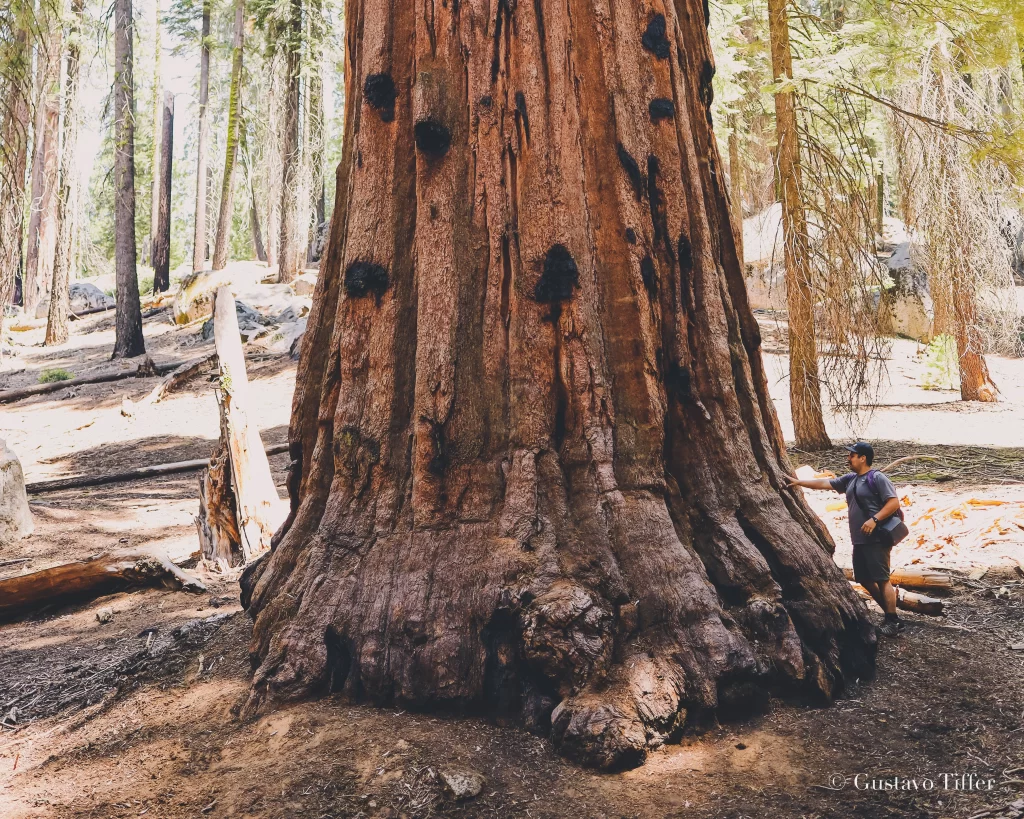
Common Questions about National Parks for Beginners
How do I start exploring national parks?
First – and most important – you simply have to pick a park! Whether it’s a park you’ve always wanted to visit or the nearest one to you, just choose and research. Learn about its trails, campsites, and facilities available. Some parks only require a half-day visit while other popular parks should take a few days.
Be sure to enjoy them. Visiting parks is so much fun! All the parks are spectacular in their own ways. From mountain trails, easy strolls, rock formations, walking trails, and scenic trails, each National Park is one of the most special places on earth.
What are the 5 most-visited National Parks?
While numbers may vary depending on the year, these five parks are generally considered the most popular:
- Great Smoky Mountains – 14 million visitors / year
- Grand Canyon – 5.9 million visitors / year
- Zion – 5 million visitors / year
- Rocky Mountain National Park – 4.5 million visitors / year
- Yellowstone – 3.9 million visitors / year
What is the best time of year to visit different national parks?
Consider the time of year you want to visit. Remember that summer (June – August) months are one of the park’s busiest seasons. More recently, many parks even are requiring reservations during peak seasons (such as Arches National Park).
But different seasons attract different experiences. The Great Smoky Mountains are iconic in the vibrant fall season. Harsh winter brings majestic peaks at places like Grand Teton National Park. And early spring brings wildflower blooms in Washington’s Olympic National Park.
Ultimately, the best time to visit varies by location. Each season offers its own unique beauty and appeal.
How long do you need to spend in each national park?
For some parks, a day or two may be sufficient to explore the primary attractions and engage in a few recreational activities. But larger ones, like Yosemite National Park, can easily require a week or more to fully appreciate the vast landscapes and diverse wildlife.
One crucial aspect to consider when planning a trip is what you want to accomplish during your stay. Are you interested in hiking? wildlife watching? photography? or simply relaxing in nature? Each park offers a unique set of activities and sceneries that cater to diverse preferences.
The time of year may also impact your experience and the duration of your stay. Some parks may be affected by seasonal closures or limited access due to weather conditions. Others offer strikingly different experiences in different seasons. For instance, visiting Glacier National Park in Montana during the peak summer months will allow you to drive the towering scenes of Going-to-the-Sun road (the road was closed during our trip, unfortunately!)
The time needed to fully explore and appreciate each place is highly subjective and greatly influenced by factors such as park size, available activities, personal interests, and seasonal variations.
What is the #1 rated national park?
The location most often rated #1 is the Grand Canyon. It showcases a breathtaking natural wonder that attracts millions of visitors annually. This spectacular park boasts a geological marvel which stretches over 277 miles in length and plunges to a depth of over a mile. The park is a haven for outdoor enthusiasts. It offers numerous activities such as hiking, camping, and river rafting through the evolving landscape. And because it is relatively easy to drive to, its not wonder it is often rated #1.
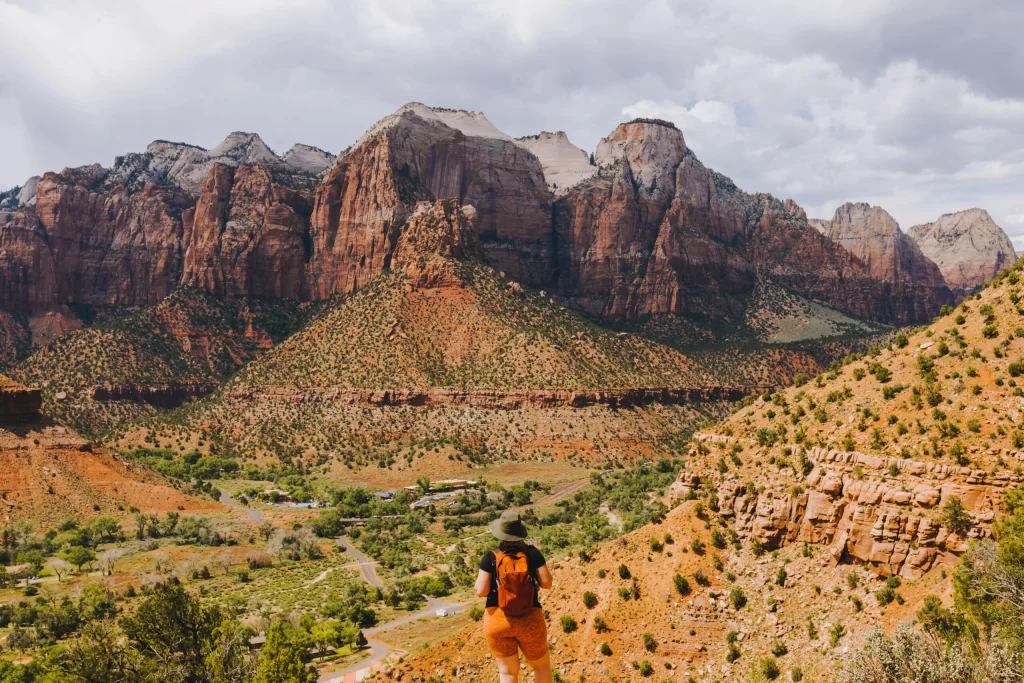
Your Parks, Your Way
Truthfully, there is no one-size-fits-all to exploring our amazing parks. Maybe you’re ready to grab your hiking boots, hit the trailhead, and go on a 12 mile hike. Or maybe you are more interested in accessible paths and ranger-led tours. Many parks offer both. And that is what is great about them. You do not need to be an expert. In fact, we believe that National Parks are for beginners! Explore the parks in your own unique way. Ultimately, we just hope you get out there as soon as you can!
